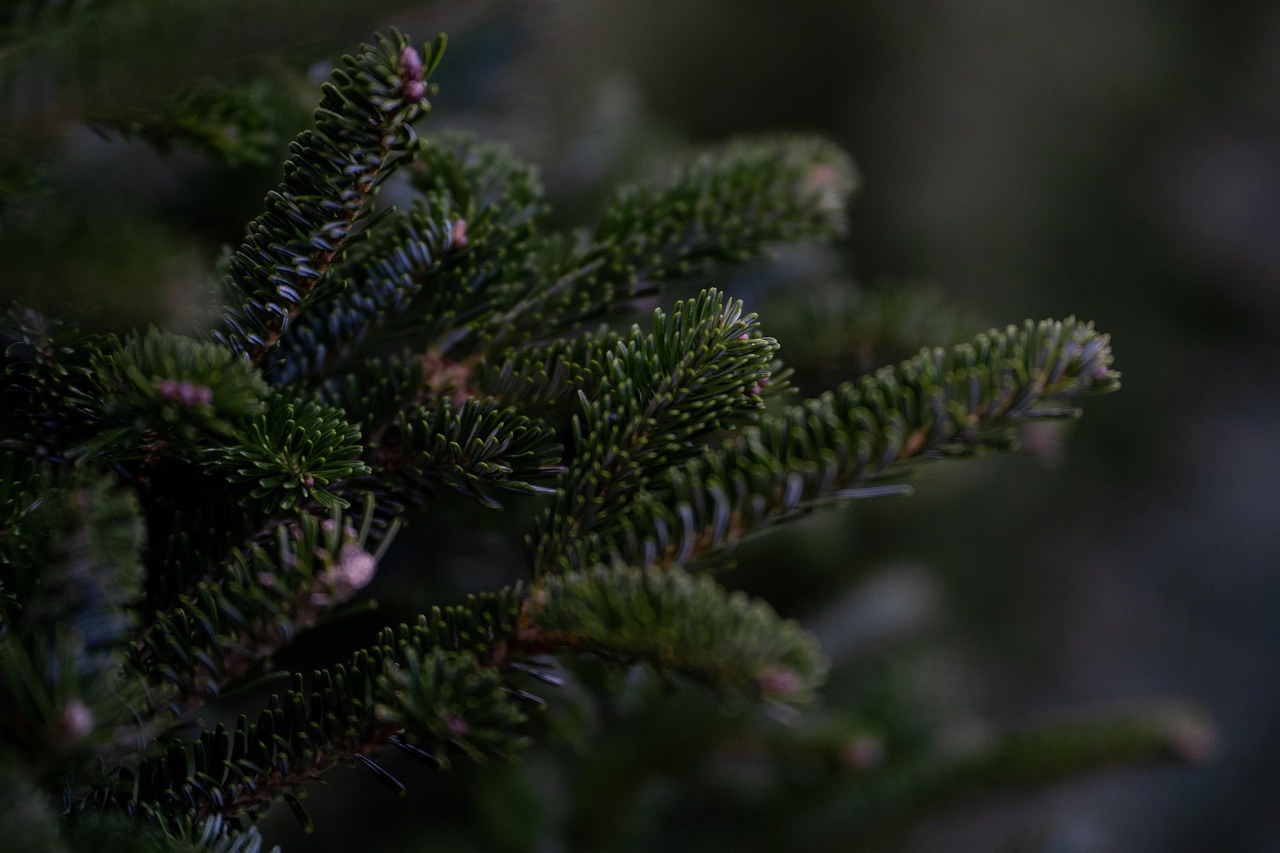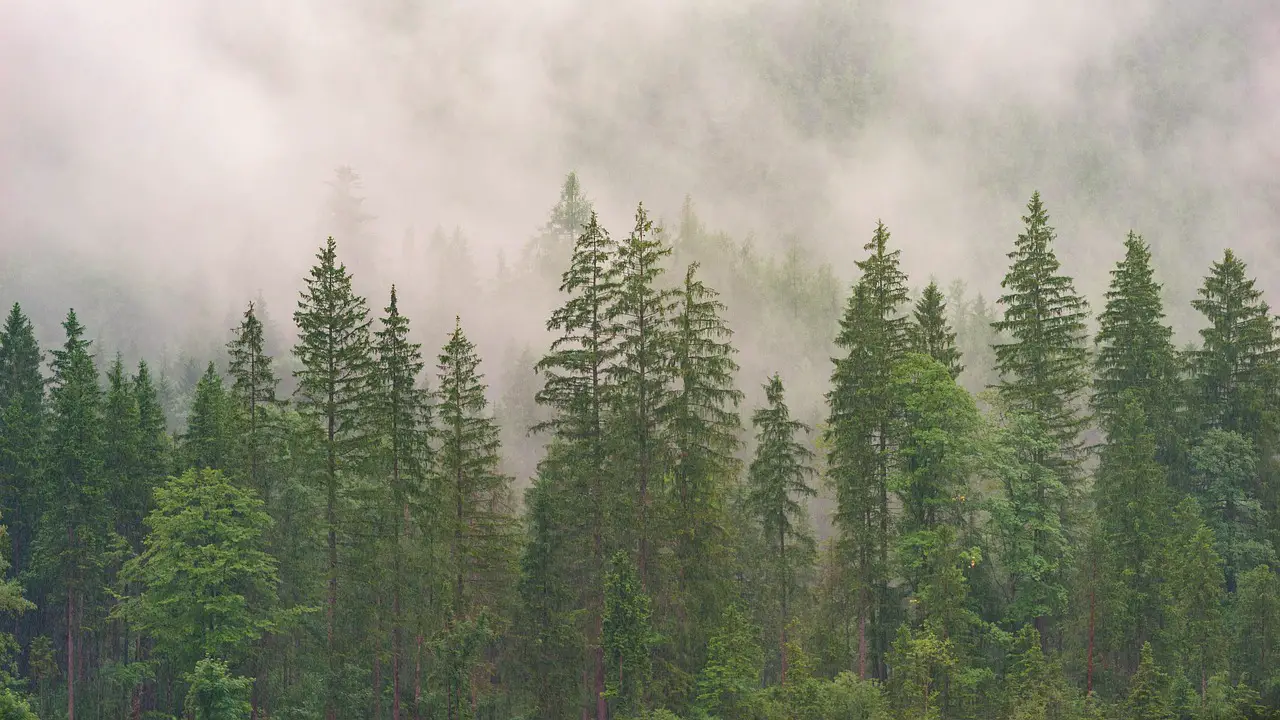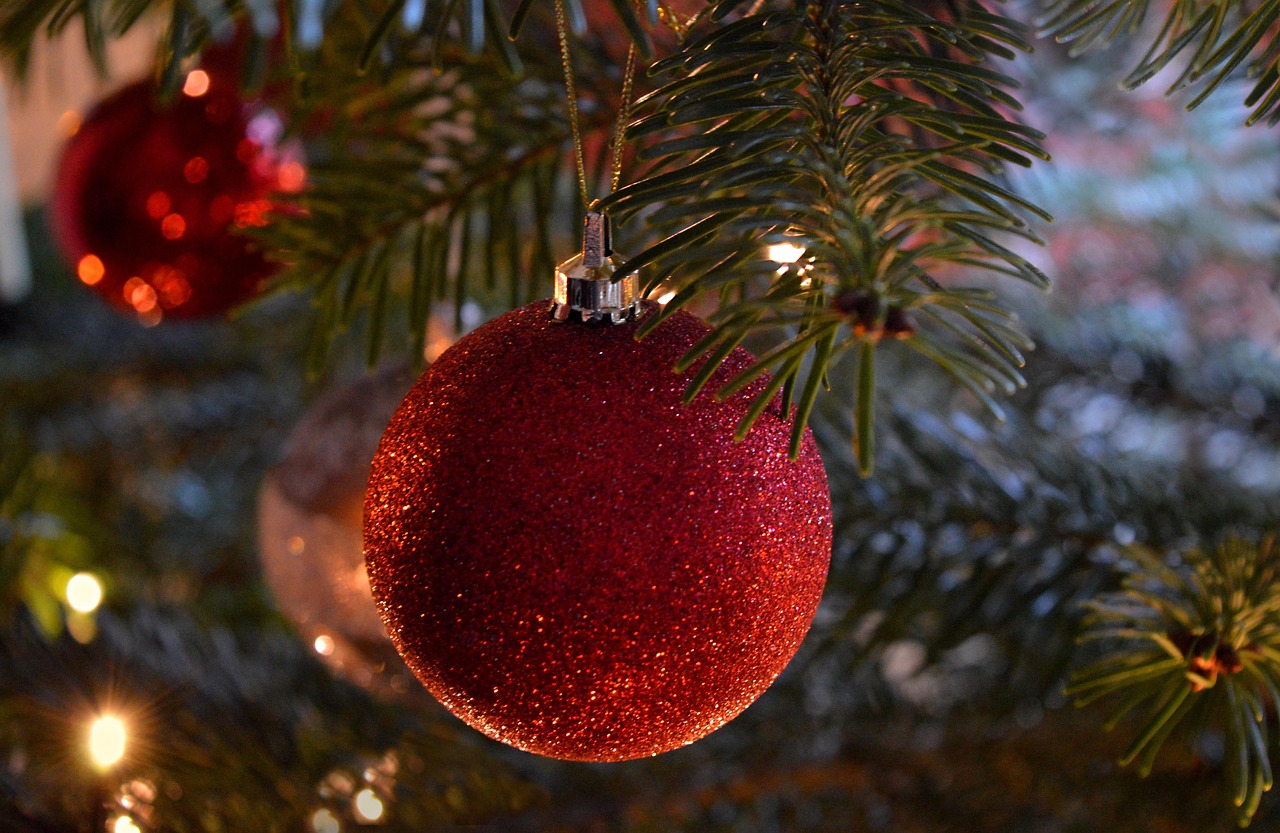The Douglas Fir tree exhibits a growth rate of approximately 24 to 36 inches per year, depending on environmental conditions. In optimal conditions, it can grow even faster, making it a popular choice for timber production and ornamental planting.
Understanding Douglas Fir Trees
The Douglas Fir (Pseudotsuga menziesii) is a coniferous tree native to North America. It is widely appreciated for its tall stature, straight trunk, and strong wood. This species can reach heights of up to 300 feet and is commonly found in the western United States and Canada. The tree’s adaptability to various soil types and climates contributes to its popularity as both a timber source and an ornamental tree.

Douglas Fir trees are known for their fast growth rates, making them ideal for reforestation and timber production. They thrive in full sun and well-drained soils, which allow them to reach their maximum potential. Their rapid growth not only supports timber industries but also enhances landscaping aesthetics when used as ornamental trees.
Growth Rate Factors
Several factors influence the growth rate of Douglas Fir trees. Understanding these factors can help in selecting the right conditions for planting and cultivating these trees. Key factors include:
- Soil Quality: Well-drained, fertile soils promote faster growth.
- Climate: Douglas Firs prefer temperate climates with adequate rainfall.
- Sunlight: These trees thrive in full sunlight, which is essential for their growth.
- Water Availability: Consistent moisture is crucial, especially during the early growth stages.
- Pest and Disease Management: Healthy trees grow faster; therefore, managing pests and diseases is vital.
Growth Rate Statistics
The growth rate of Douglas Fir trees can vary significantly based on environmental conditions and care provided. The following table summarizes some important growth rate statistics:

| Age (Years) | Average Height (Feet) | Growth Rate (Inches per Year) |
|---|---|---|
| 1 | 3-5 | 24-36 |
| 5 | 15-25 | 30-48 |
| 10 | 30-50 | 24-36 |
| 20 | 60-80 | 18-24 |
| 50 | 100-150 | 12-18 |
The above statistics illustrate that Douglas Fir trees experience their most rapid growth in their early years. After about 20 years, the growth rate tends to slow down, but they can still achieve significant heights over their lifespan. This trait makes them particularly valuable in forestry, where time is often a critical factor.
Uses of Douglas Fir Trees
The versatility of Douglas Fir trees extends beyond their growth rates. They are widely used for various purposes, including:
- Timber Production: The lumber from Douglas Fir is strong and durable, making it suitable for construction, furniture, and flooring.
- Ornamental Planting: Their attractive shape and evergreen foliage make them popular in landscaping.
- Erosion Control: Their extensive root systems help stabilize soil, reducing erosion in hilly areas.
- Wildlife Habitat: They provide shelter and food for various wildlife species.
The wide-ranging applications of Douglas Fir trees highlight their importance in both ecological and economic contexts. Their rapid growth rate, coupled with their numerous uses, continues to make them a favored choice among landowners and landscapers alike.

Cultivating Douglas Fir Trees
Cultivating Douglas Fir trees effectively requires attention to several key practices. Proper site selection, planting techniques, and ongoing maintenance are essential for promoting healthy growth. Consider the following tips when planting Douglas Firs:
- Select a site with ample sunlight and good drainage.
- Test the soil for nutrient levels and amend as necessary.
- Water regularly during the first few years until the trees are established.
- Monitor for pests and diseases, applying treatments as needed.
By following these guidelines, landowners can ensure that their Douglas Fir trees grow robustly and contribute positively to both timber production and ornamental landscapes.
Understanding the Life Cycle of Douglas Fir Trees
The life cycle of Douglas Fir trees is an important aspect to consider for both timber production and ornamental use. Understanding how these trees grow and develop can help landowners and gardeners make informed decisions about their care and management.

Seed Germination and Early Growth
The life cycle begins with seed germination. Douglas Fir seeds are small and typically fall from the cones in late summer to early fall. The seeds require specific conditions to germinate, including:
- Moisture: Adequate moisture is crucial for seed germination. Without sufficient water, seeds may remain dormant.
- Temperature: Ideal temperatures for germination range between 60°F and 70°F.
- Light: While seeds do not need light to germinate, seedlings benefit from exposure to sunlight as they grow.
Once conditions are favorable, seeds will germinate within a few weeks. The tiny seedlings will then begin their journey toward becoming mature trees. During the first few years, they focus on developing a strong root system, which is essential for stability and nutrient uptake.
Juvenile Stage
In the juvenile stage, which lasts for about 5 to 20 years, Douglas Fir trees exhibit rapid growth. They can reach heights of 10 to 30 feet during this period. Important characteristics of this stage include:
- Branch Development: Trees develop whorled branches that will later provide the structure for their crowns.
- Height Growth: Height growth is most pronounced in this stage, as trees strive to reach sunlight.
- Root Expansion: The root system continues to grow and spread, allowing the tree to access water and nutrients more effectively.
Mature Growth Phase
After reaching maturity around 20 to 50 years, Douglas Fir trees enter a phase of slower growth. In this phase, the focus shifts from vertical growth to increasing trunk diameter and canopy development. Key points include:
- Height Stabilization: While height growth continues, the rate slows significantly compared to earlier years.
- Crown Development: The crown expands, enhancing photosynthesis and overall health.
- Wood Density: As the tree ages, the wood becomes denser, increasing its value for timber production.
Pest and Disease Considerations
While Douglas Fir trees are generally resilient, they can be susceptible to various pests and diseases that can affect their growth and health. Early identification and management are crucial for maintaining healthy trees. Common issues include:
Pests
- Bark Beetles: These insects can bore into the bark, disrupting nutrient flow. Symptoms include yellowing needles and dying branches.
- Spider Mites: These tiny pests feed on foliage, leading to discoloration and stress in the tree.
Diseases
- Root Rot: Caused by fungi in overly moist soils, root rot can lead to tree decline and death.
- Needle Blight: This fungal disease affects needle health, causing premature needle drop.
Regular monitoring for signs of pests and diseases is essential. If issues are detected, appropriate measures should be taken, such as applying organic pesticides or consulting with a professional arborist.
Best Practices for Maintenance
To ensure healthy growth and longevity of Douglas Fir trees, several best practices should be implemented:
- Regular Watering: Young trees require consistent moisture, especially during dry spells.
- Mulching: Apply mulch around the base of the tree to retain moisture and suppress weeds.
- Fertilization: Use a balanced fertilizer if soil tests indicate nutrient deficiencies.
- Pruning: Prune dead or damaged branches to improve air circulation and reduce disease risk.
By following these best practices, landowners can promote healthy growth and maximize the benefits of Douglas Fir trees in their landscapes or timber ventures.
Harvesting Douglas Fir Trees
Harvesting Douglas Fir trees is a critical step for landowners engaged in timber production. Understanding the proper timing and techniques for harvesting can maximize yield and ensure sustainability. The process involves various considerations, from the age of the tree to environmental factors.
Optimal Harvesting Age
The optimal age for harvesting Douglas Fir trees typically ranges between 40 to 80 years, depending on growth conditions and desired timber quality. Factors influencing the decision to harvest include:
- Tree Size: Trees should reach a minimum diameter, usually around 12 inches at breast height.
- Wood Quality: Older trees generally produce higher-quality timber, essential for construction and furniture.
- Market Demand: Economic conditions and market demand for timber can also dictate the timing of harvesting.
Harvesting Techniques
There are various methods to harvest Douglas Fir trees, each with its own advantages and disadvantages. Common techniques include:
- Clear-Cutting: This method involves removing all trees in a designated area. It is effective for creating space for new growth but can lead to soil erosion if not managed properly.
- Selective Cutting: Only certain trees are harvested while leaving others intact. This method promotes biodiversity and minimizes environmental impact.
- Shelterwood Cutting: This technique involves removing mature trees in stages, allowing younger trees to grow under the shelter of larger ones.
Choosing the right harvesting method depends on the specific goals of the landowner, including sustainability, economic considerations, and forest health.
Post-Harvest Management
After harvesting Douglas Fir trees, it is essential to implement post-harvest management practices. These practices help restore the ecosystem and prepare the land for future growth.
Site Preparation
Preparing the site after harvesting is crucial for promoting healthy regrowth. Important steps include:
- Removing Debris: Clear away branches and logs left behind to reduce the risk of pests and diseases.
- Soil Assessment: Conduct soil tests to determine nutrient levels and pH balance, and amend as necessary.
- Weed Control: Implement strategies to control invasive species that may compete with new seedlings.
Replanting Strategies
Replanting Douglas Fir trees can help maintain forest cover and promote biodiversity. Considerations for successful replanting include:
- Species Selection: Choose native or adapted species that thrive in the local environment.
- Spacing: Proper spacing between seedlings is essential to reduce competition for resources.
- Timing: Planting should occur during optimal seasons, typically in spring or fall, to ensure favorable growing conditions.
The Economic Impact of Douglas Fir Timber
The economic significance of Douglas Fir timber cannot be understated. The tree’s rapid growth rate and strong wood properties contribute to its value in various markets. Key economic aspects include:
Timber Industry Contributions
The Douglas Fir tree plays a vital role in the timber industry. Its wood is highly sought after for several reasons:
- Strength and Durability: Douglas Fir wood is known for its strength-to-weight ratio, making it ideal for structural applications.
- Ease of Workability: The wood can be easily cut, shaped, and finished, appealing to builders and manufacturers.
- Aesthetic Appeal: The wood has a beautiful grain pattern, making it popular for furniture and decorative applications.
Sustainable Forestry Practices
As demand for timber grows, sustainable forestry practices become increasingly important. Sustainable practices aim to balance economic needs with environmental protection. Key principles include:
- Responsible Harvesting: Implementing methods that minimize ecological disruption while maximizing timber yield.
- Biodiversity Conservation: Maintaining diverse ecosystems through selective cutting and replanting strategies.
- Community Engagement: Involving local communities in forestry management decisions ensures that economic benefits are shared.
The economic impact of Douglas Fir timber extends beyond individual landowners to entire communities, providing jobs and contributing to local economies. By adopting sustainable practices, stakeholders can ensure the longevity of this valuable resource while supporting ecological health.
Future Considerations for Douglas Fir Management
As the demand for timber and ornamental trees continues to evolve, it is essential to consider future management practices for Douglas Fir trees. Factors such as climate change, market trends, and advancements in forestry science will significantly impact how these trees are cultivated and utilized.
Climate Change Impacts
Climate change poses various challenges for Douglas Fir trees. Changes in temperature and precipitation patterns can affect growth rates and health. Key considerations include:
- Temperature Sensitivity: Douglas Fir trees thrive in cooler climates. Rising temperatures may stress trees, leading to reduced growth and increased susceptibility to pests and diseases.
- Water Availability: Altered rainfall patterns may affect soil moisture levels, crucial for young seedlings and overall tree health.
- Adaptation Strategies: Landowners may need to select more resilient tree varieties or implement adaptive management practices to cope with changing conditions.
Technological Advances in Forestry
Technological advancements offer new opportunities for improving the management of Douglas Fir trees. Innovations include:
- Remote Sensing: Technologies that use satellite imagery or drones can monitor tree health and growth rates effectively, allowing for timely interventions.
- Genetic Improvement: Advances in genetic research can lead to the development of faster-growing and disease-resistant Douglas Fir varieties.
- Precision Forestry: Utilizing data analytics and automated systems can enhance decision-making processes related to planting, harvesting, and resource allocation.
Engaging Communities and Stakeholders
Effective management of Douglas Fir trees also involves engaging local communities and stakeholders. Building partnerships can lead to more sustainable practices and enhanced community benefits. Important aspects include:
- Educational Programs: Offering workshops and resources on sustainable forestry practices can empower local landowners and communities.
- Collaborative Projects: Engaging in joint ventures with local organizations can help promote biodiversity conservation while providing economic opportunities.
- Policy Advocacy: Communities can advocate for policies that support sustainable forestry and protect natural resources.
Conclusion
The Douglas Fir tree stands as a vital resource in both timber production and ornamental landscaping. Its impressive growth rate, adaptability, and high-quality wood make it a favored choice for landowners, builders, and landscapers alike. Understanding the growth patterns, maintenance practices, and economic implications of Douglas Fir trees is essential for fostering sustainable forestry practices.
As we look toward the future, it is crucial to address the challenges posed by climate change while embracing technological advancements in forestry. By engaging communities and stakeholders, we can ensure that the management of Douglas Fir trees continues to benefit both the environment and local economies.
The commitment to responsible stewardship of this valuable resource will not only enhance timber production but also promote biodiversity and ecological health. With thoughtful management practices, the legacy of the Douglas Fir tree can thrive for generations to come.
